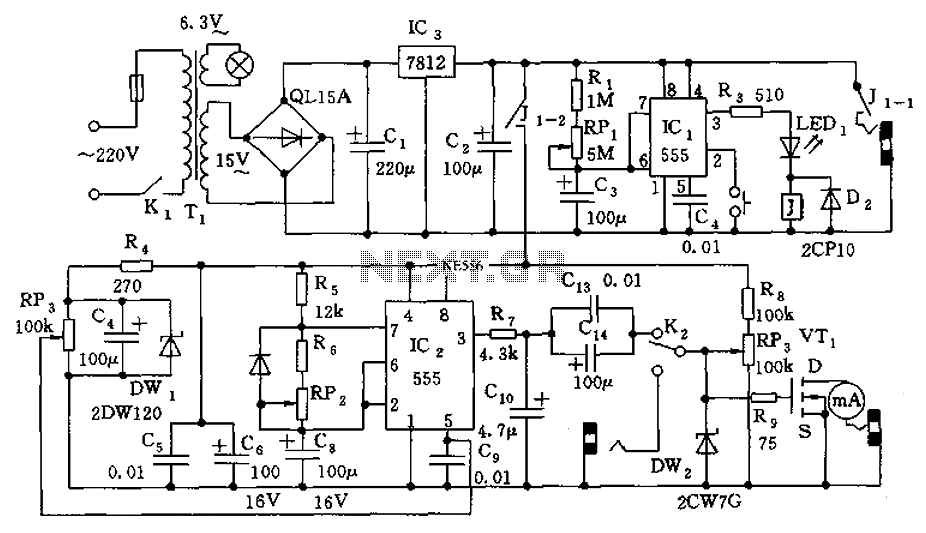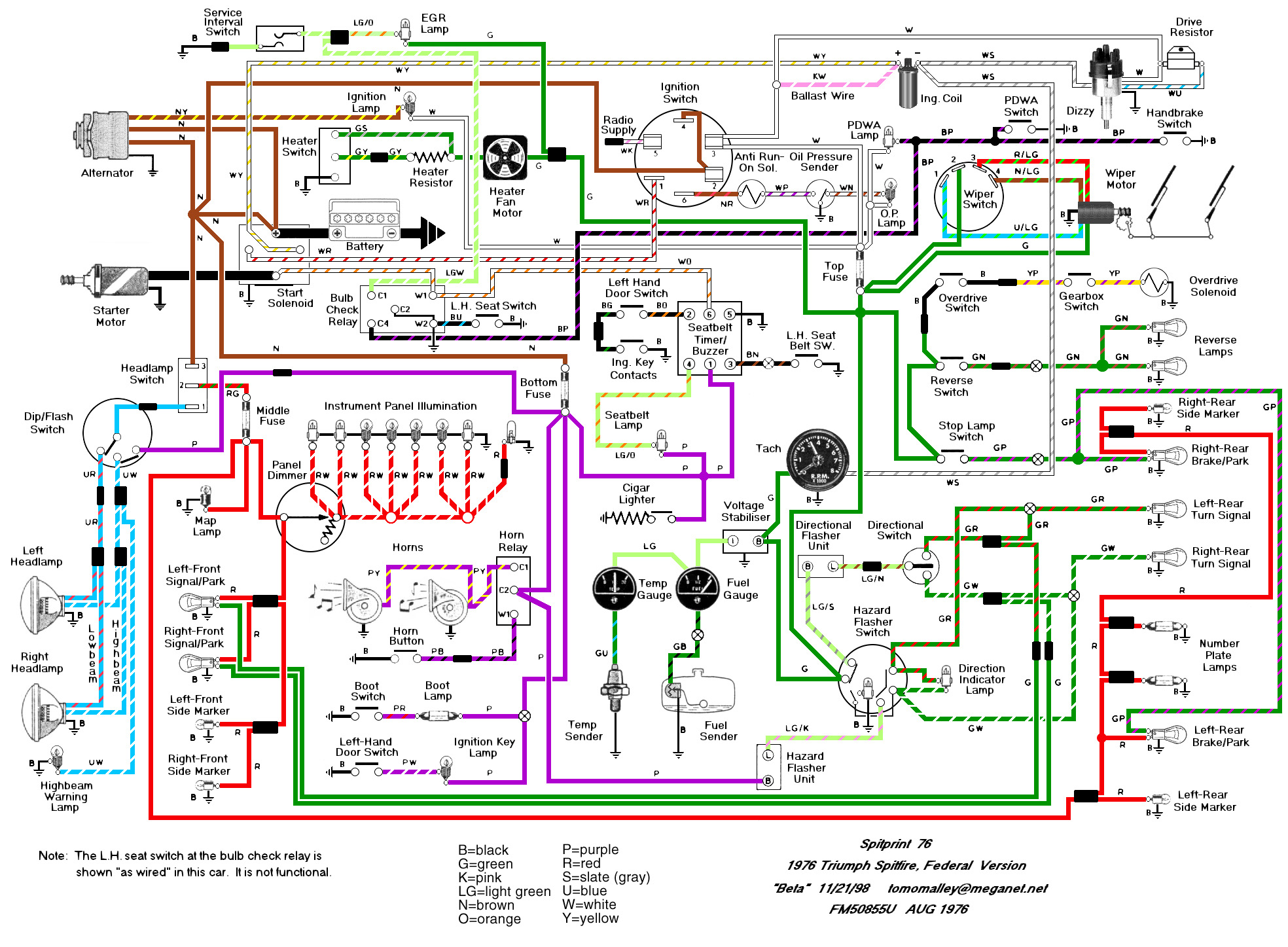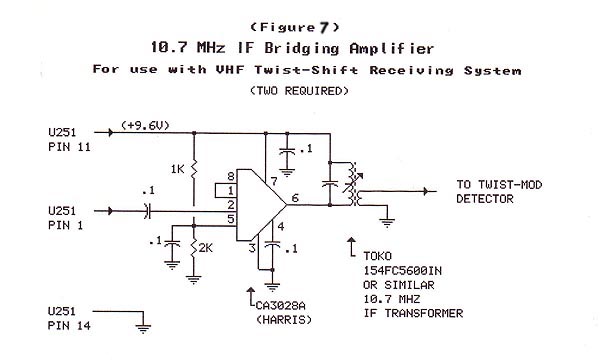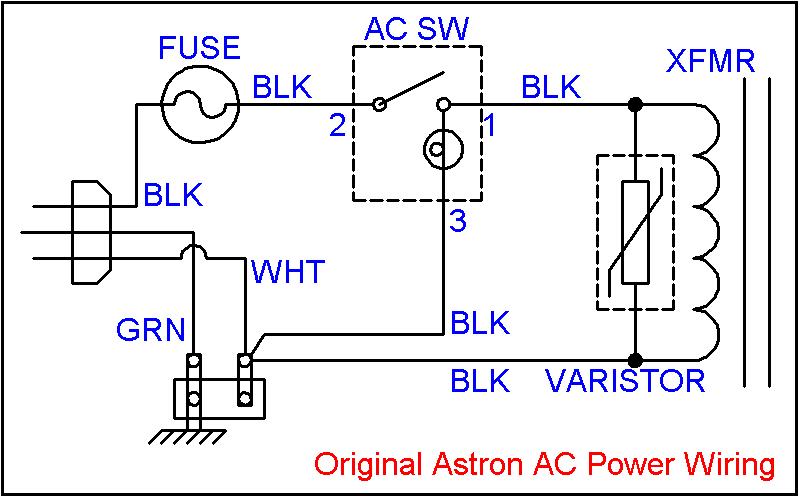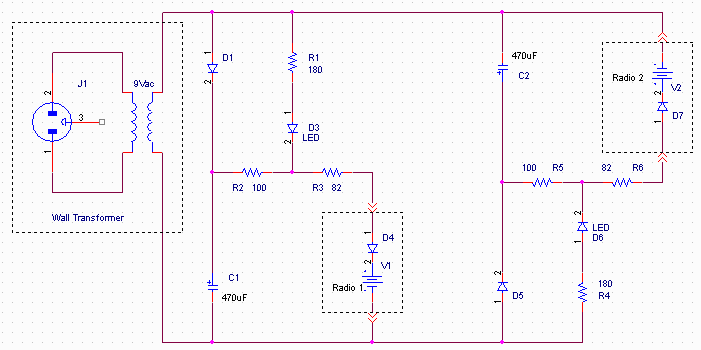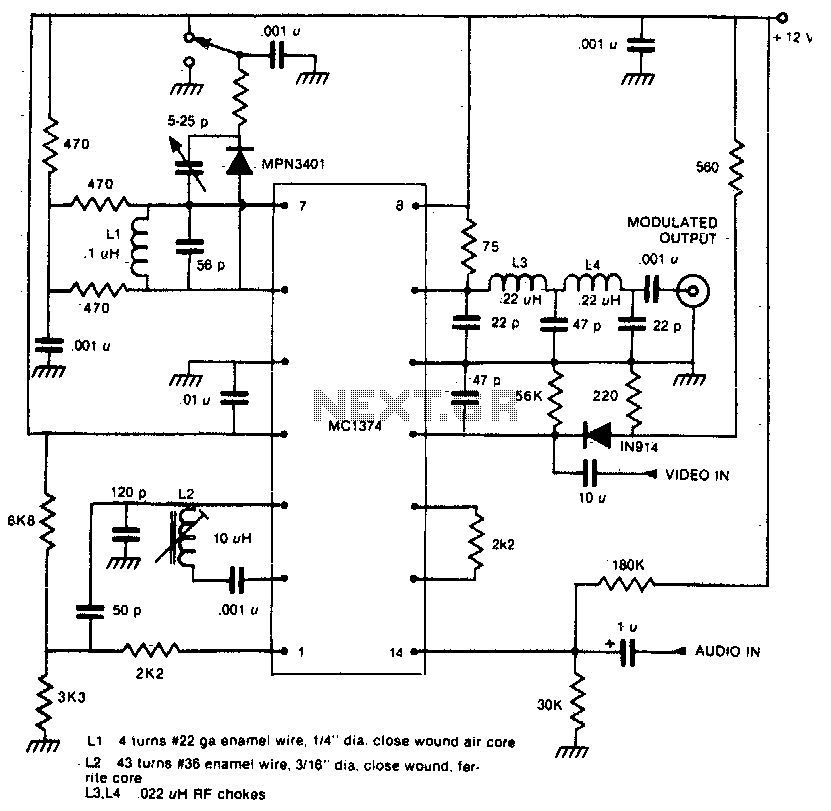
Motorola Spectra Introductory Information
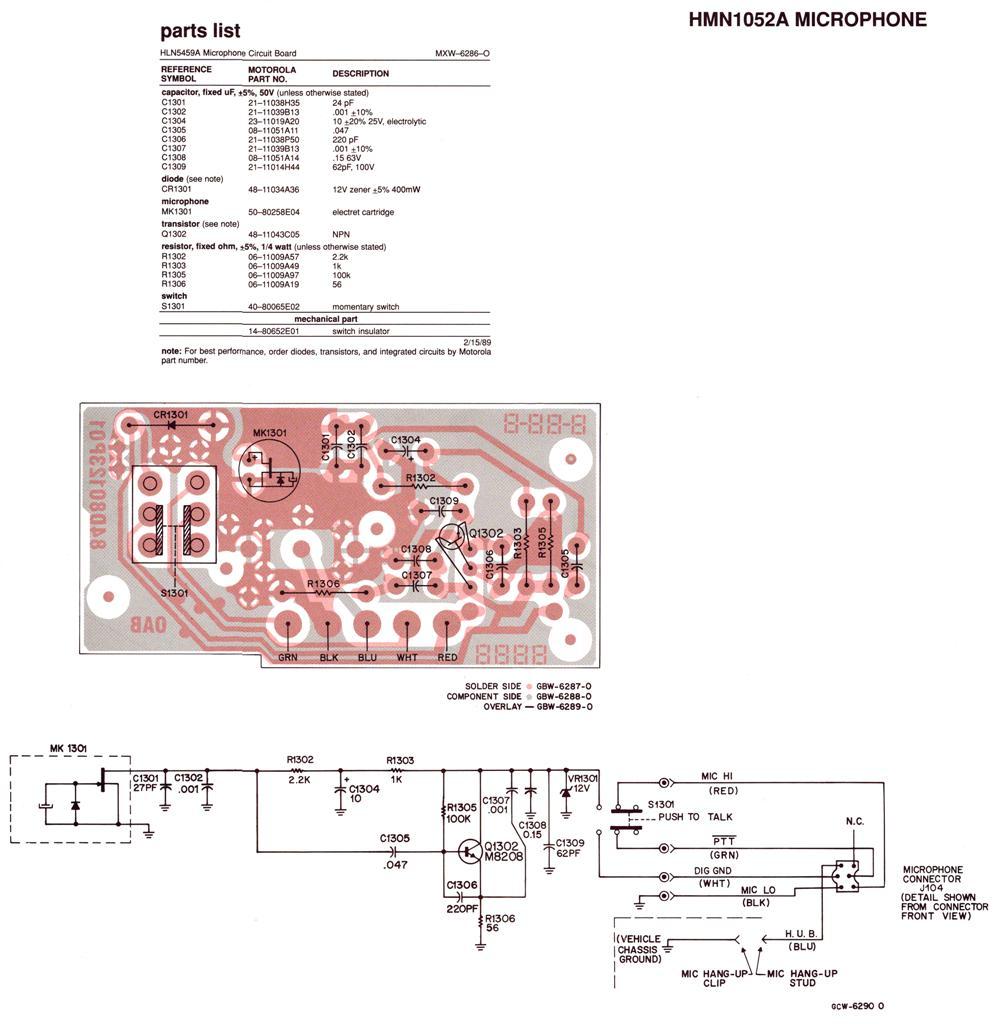
Regardless of the label on the radio or the claims made by the seller, no Spectra radio will function across the entire 136-174 MHz (high band) or 403-512 MHz (UHF) frequency range. Each unit operates within a specific portion of that frequency band, referred to as a "split," "bandsplit," or "range." It is possible to slightly extend the operational range by one or two megahertz, but that is the limit. Purchasing a radio with the incorrect frequency range for a particular application (for instance, a 403-433 MHz radio intended for use in the 440-450 MHz amateur frequencies, or a 482-512 MHz radio for GMRS) will result in a non-functional unit. Contrary to listings on eBay, there has never been a 406-440 MHz range available. Modifying a Spectra radio for a different frequency range is impractical. For further details, refer to the section titled "Splits/Ranges." Additionally, Spectra radios are classified as wideband only (+/- 5 kHz, except in the 900 MHz band, which has been narrowband at 2.5 kHz since its inception). Although it may be possible to modify a Spectra for narrowband use, such alterations would render it non-switchable, lack type acceptance, and be illegal. Those requiring a narrowband radio within the Spectra line should seek an AstroSpectra. The Spectra line was discontinued several years ago, and depot maintenance has recently ceased. As a result, numerous public safety agencies are transitioning to new radios, typically the MCS2000 series from Motorola, leading to an influx of Spectra units in surplus markets. Given that the "narrowband" units are now considered wideband, they will be illegal for commercial and public safety use once narrowband regulations take effect. After replacing the "time bomb" capacitors (which cost under $10 in parts, as detailed in the article "Recapping the Spectra mobile" in the Spectra section), one can achieve excellent performance from a mobile radio at a reasonable price (originally priced between $1500 and $2000, depending on options). The intermodulation performance of these radios surpasses that of many Japanese-built amateur-grade radios. The AstroSpectra was a subsequent design that retained many cosmetic components, some circuit boards, and most accessories, but it differed significantly internally (although it still utilized the problematic "time bomb" capacitors). Notable differences include a synthesizer capable of 6.25 kHz steps (as opposed to the Spectra's minimum of 12.5 kHz or 20 kHz steps) and a more advanced microprocessor that supported digital audio formats such as VSLEP (Motorola proprietary) and IMBE/P25 (the Project 25 digital audio standard recognized by several manufacturers). Caution is advised when purchasing surplus Astro or digital radios, as they may not always meet expectations. A substantial portion of surplus equipment on the market may not utilize IMBE but instead employs older proprietary VSELP modulation, and some Astro radios may be programmed solely for analog use, lacking digital capabilities. Since VSELP is not an open standard, it is generally considered illegal on amateur bands, similar to GE/Ericsson/Ma-Com AEGIS, EDACS, and Pro-Voice systems. To verify compatibility, checking the flashcode is essential; this requires access to a flashcode Rosetta Stone (a feature list for Motorola flashcodes). If the seller cannot provide the flashcode information, it is advisable to avoid the transaction to prevent acquiring a unit that may prove to be ineffective.
The Spectra radio series is characterized by its segmented frequency operation, where each radio is designed to function within a specified frequency split rather than across the entire designated range. This limitation is crucial for users to understand, as selecting a radio that does not match the required frequency band for specific applications can lead to operational failures. The Spectra radios are primarily wideband devices, which limits their use in environments that now require narrowband compliance, particularly in public safety communications.
The replacement of aging capacitors is a recommended maintenance procedure to enhance reliability and performance. The cost-effectiveness of this maintenance, combined with the superior intermodulation performance, makes these radios an attractive option for users seeking high-quality communication equipment at a lower price point in the surplus market.
The transition from Spectra to AstroSpectra involves significant upgrades, particularly in digital capabilities and synthesizer precision. The AstroSpectra's ability to operate in narrower channel increments and its compatibility with advanced digital audio standards represent a marked advancement over the Spectra series. However, the presence of proprietary modulation schemes and the potential for outdated firmware necessitate careful consideration during the purchasing process to ensure the acquisition of a functional and compliant unit.
In summary, understanding the limitations and capabilities of the Spectra and AstroSpectra radios is essential for users in selecting the appropriate equipment for their communication needs, especially in light of regulatory changes affecting narrowband operations.No matter WHAT the label on the radio (or the seller) says, no Spectra will ever operate over the entire 136-174MHz (high band) or 403-512MHz (UHF) frequency range. Each unit will do only a portion of that band`s frequency spread, and that portion is called a "split", a "bandsplit" or a "range".
You can stretch things a little and go a megahertz or maybe two out of range and that`s about it. If you buy the wrong range radio for your application (for example a 403-433MHz and you want to use it on 440-450MHz amateur frequencies, or a 482-512MHz radio for GMRS) it just won`t work and you will have a nice doorstop. Despite what you see on eBay there is not (and never was) a 406-440MHz range. And it is not practical to range-change a Spectra radio. For more information scroll down to the section titled "Splits/ Ranges". Another note: Spectras are wideband only (+/- 5 KHz except on 900 MHz). Yes, the 900MHz band has been 2. 5KHz (narrowband) since the beginning. You probably could hack and slash at a Spectra and make it to where it would work in a narrowband environment, but it would be narrow only, not switchable.
Plus it would not be type accepted and would not be legal. If you need a narrowband radio and want to stick with the Spectra line then you will have to find an AstroSpectra. The Spectra line was MD`d (Manufacture Discontinued) a few years ago, and depot maintenance was terminated recently.
Many public safety agencies nationwide are being forced into new radios (if they stay with Motorola it`s usually the MCS2000 series) and the Spectras are showing up in surplus in large quantities. Due to the fact that the "narrowband" units are what is considered today as wideband they will be illegal to use in commercial and public safety use when the narrownand rules go into effect.
Once you replace the "time bomb" capacitors (under US$10 in parts, see the article "Recapping the Spectra mobile" in the Spectra section) you can end up with an excellently performing mobile radio at a decent price (new they were $1500 to $2000 each, sometimes higher, depending on the options). And the intermod performance alone is many times better than any Japanese-built amateur grade radio. The Astro Spectra was a follow-on design that used most of the cosmetic parts, a few of the circuit boards, most of the accessories, but was very different inside (but it unfortunately still used the "time bomb" capacitors).
One of the differences was in the synthesizer as the Astro could do the 6. 25KHz steps (where the smallest the Spectra could do was 12. 5KHz or 20KHz steps), another was a much more powerful microprocessor that suported digital audio in multiple formats like VSLEP (Moto proprietary) and IMBE/P25 (the "Project 25" digital audio standard that is supported by several manufacturers). You will want to be very careful when purchasing any surplus Astro/digital radio. It isn`t always what it seems to be. A good percentage of the surplus stuff hitting the market is not IMBE but older (proprietary) VSELP modulation and some of the Astro radios are flashed (i.
e. contain firmware) for analog only (i. e. won`t do digital at all). Since VSELP is not an open standard the popular opinion is it`s not legal on the amateur bands much like GE/Ericsson/Ma-Com AEGIS, EDACS and Pro-Voice. The only way to tell is check the flashcode, and once you have that you will need to find someone with the flashcode Rosetta Stone (the Moto flashcode feature list).
If the seller can`t provide the flashcode information just walk away from the deal. no point in buying something that may end up as useful as a paperweight or a doorstop. If someone has that flashcode feature list please send it in and we will add it as a new article. If you want to write that artice, even under the name of A. NonyMous, that`s fine too. He (or is it she ) has written a number of articles for this web site. If someone wants to do a writeup on 🔗 External reference
The Spectra radio series is characterized by its segmented frequency operation, where each radio is designed to function within a specified frequency split rather than across the entire designated range. This limitation is crucial for users to understand, as selecting a radio that does not match the required frequency band for specific applications can lead to operational failures. The Spectra radios are primarily wideband devices, which limits their use in environments that now require narrowband compliance, particularly in public safety communications.
The replacement of aging capacitors is a recommended maintenance procedure to enhance reliability and performance. The cost-effectiveness of this maintenance, combined with the superior intermodulation performance, makes these radios an attractive option for users seeking high-quality communication equipment at a lower price point in the surplus market.
The transition from Spectra to AstroSpectra involves significant upgrades, particularly in digital capabilities and synthesizer precision. The AstroSpectra's ability to operate in narrower channel increments and its compatibility with advanced digital audio standards represent a marked advancement over the Spectra series. However, the presence of proprietary modulation schemes and the potential for outdated firmware necessitate careful consideration during the purchasing process to ensure the acquisition of a functional and compliant unit.
In summary, understanding the limitations and capabilities of the Spectra and AstroSpectra radios is essential for users in selecting the appropriate equipment for their communication needs, especially in light of regulatory changes affecting narrowband operations.No matter WHAT the label on the radio (or the seller) says, no Spectra will ever operate over the entire 136-174MHz (high band) or 403-512MHz (UHF) frequency range. Each unit will do only a portion of that band`s frequency spread, and that portion is called a "split", a "bandsplit" or a "range".
You can stretch things a little and go a megahertz or maybe two out of range and that`s about it. If you buy the wrong range radio for your application (for example a 403-433MHz and you want to use it on 440-450MHz amateur frequencies, or a 482-512MHz radio for GMRS) it just won`t work and you will have a nice doorstop. Despite what you see on eBay there is not (and never was) a 406-440MHz range. And it is not practical to range-change a Spectra radio. For more information scroll down to the section titled "Splits/ Ranges". Another note: Spectras are wideband only (+/- 5 KHz except on 900 MHz). Yes, the 900MHz band has been 2. 5KHz (narrowband) since the beginning. You probably could hack and slash at a Spectra and make it to where it would work in a narrowband environment, but it would be narrow only, not switchable.
Plus it would not be type accepted and would not be legal. If you need a narrowband radio and want to stick with the Spectra line then you will have to find an AstroSpectra. The Spectra line was MD`d (Manufacture Discontinued) a few years ago, and depot maintenance was terminated recently.
Many public safety agencies nationwide are being forced into new radios (if they stay with Motorola it`s usually the MCS2000 series) and the Spectras are showing up in surplus in large quantities. Due to the fact that the "narrowband" units are what is considered today as wideband they will be illegal to use in commercial and public safety use when the narrownand rules go into effect.
Once you replace the "time bomb" capacitors (under US$10 in parts, see the article "Recapping the Spectra mobile" in the Spectra section) you can end up with an excellently performing mobile radio at a decent price (new they were $1500 to $2000 each, sometimes higher, depending on the options). And the intermod performance alone is many times better than any Japanese-built amateur grade radio. The Astro Spectra was a follow-on design that used most of the cosmetic parts, a few of the circuit boards, most of the accessories, but was very different inside (but it unfortunately still used the "time bomb" capacitors).
One of the differences was in the synthesizer as the Astro could do the 6. 25KHz steps (where the smallest the Spectra could do was 12. 5KHz or 20KHz steps), another was a much more powerful microprocessor that suported digital audio in multiple formats like VSLEP (Moto proprietary) and IMBE/P25 (the "Project 25" digital audio standard that is supported by several manufacturers). You will want to be very careful when purchasing any surplus Astro/digital radio. It isn`t always what it seems to be. A good percentage of the surplus stuff hitting the market is not IMBE but older (proprietary) VSELP modulation and some of the Astro radios are flashed (i.
e. contain firmware) for analog only (i. e. won`t do digital at all). Since VSELP is not an open standard the popular opinion is it`s not legal on the amateur bands much like GE/Ericsson/Ma-Com AEGIS, EDACS and Pro-Voice. The only way to tell is check the flashcode, and once you have that you will need to find someone with the flashcode Rosetta Stone (the Moto flashcode feature list).
If the seller can`t provide the flashcode information just walk away from the deal. no point in buying something that may end up as useful as a paperweight or a doorstop. If someone has that flashcode feature list please send it in and we will add it as a new article. If you want to write that artice, even under the name of A. NonyMous, that`s fine too. He (or is it she ) has written a number of articles for this web site. If someone wants to do a writeup on 🔗 External reference
